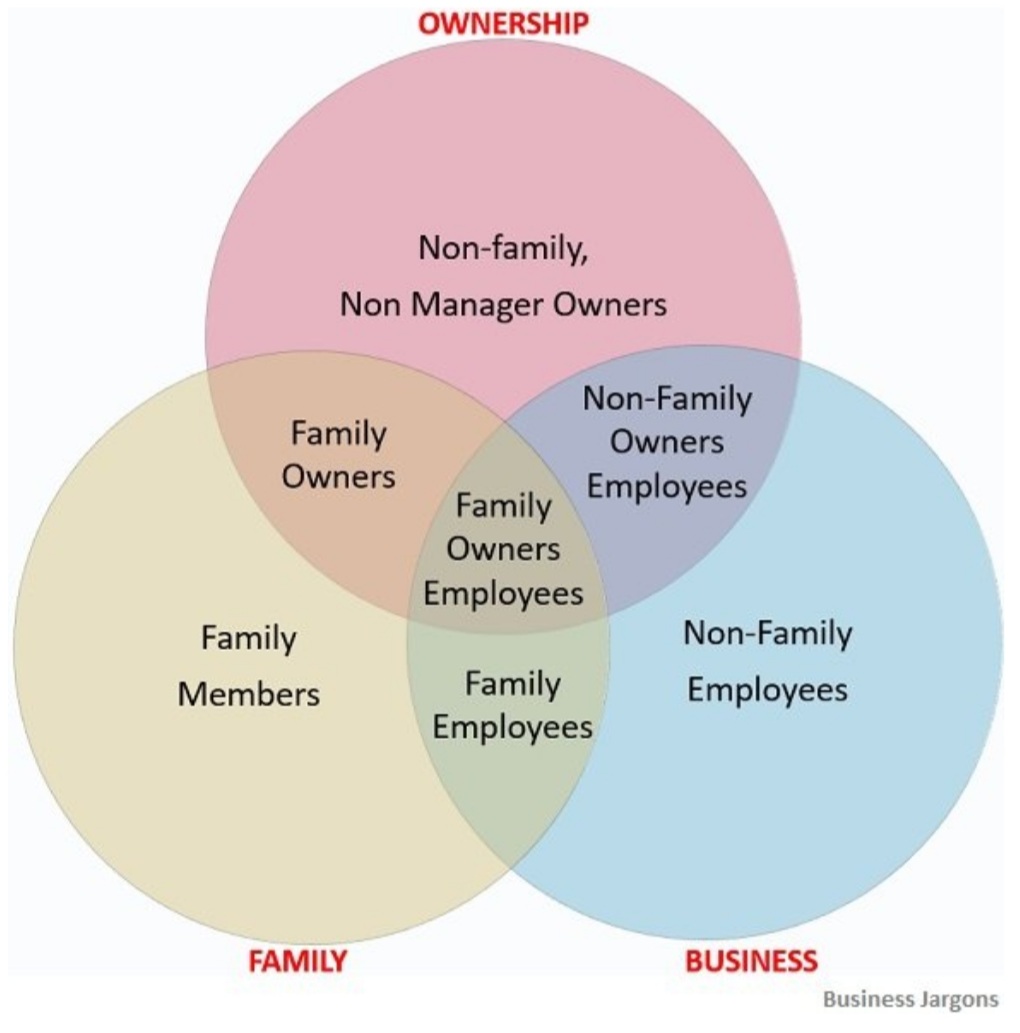
Image credit: gettyimages
The burgeoning world of web3 is creating new opportunities for brands to connect with target audiences in meaningful ways, writes VMLY&R Commerce’s McDonald Predeleus.
After eye-catching metaverse activations from brands like Nike, Dolce & Gabbana, and Tiffany and Co., many marketers have realized that web3 offers them a new opportunity to connect with consumers. And connection in web3 is exactly the point: it’s an opt-in world where the community is everything.
To take part in this new culture, brands need to get comfortable with something we could call ‘decentralized commerce.’ This involves buying and selling that occurs without a central authority or any other intermediary controlling the transactions. Instead, web3 supports an ownership culture, in which brands and consumers can transact directly on a peer-to-peer network using blockchain technology with no middlemen. Such transactions are closed using smart contracts, which use a programming language to define the terms of the deal and then store it on the blockchain.
The benefits of decentralized commerce are broad and transformative. For one, it provides greater transparency and security for both buyers and sellers. Because every transaction is recorded on a publicly available resource, it will eventually become more difficult to engage in transactional fraud and easier to call attention to it when it occurs. In addition, fees and commissions are much lower when you remove intermediaries, which leads to better prices for consumers and increased transparency for brands.
There are also big payoffs in terms of control and personalization. Right now, brands typically reach consumers based on data they have collected, purchased and stored. Consumers do not own or control their data; rather, they‘re targeted based on their demographics, behavior and so on. In a decentralized environment, the situation is the opposite – consumers have full control over what they see and with whom they connect. This opens new opportunities for deeper relationships; if brands can find ways to provide value and support communities, they will gain a much more intimate connection and relationship with their customers than they could before.
And just as consumers have better control of their data, brands in web3 likewise have much better control over the entire process of commerce. The openness and transparency at the heart of web3 will make it much easier to gain visibility into everything from supply chains to last-mile delivery. For example, right now, grey market selling is a huge problem on third-party marketplaces, like Amazon and Walmart. It occurs because supply chains and channels can be quite opaque, and allow unauthorized sellers to purchase in bulk at a discount, and then turn around and undercut the brand on marketplaces, both in terms of price and experience. In decentralized commerce, brands have control over everything and can ensure the experiences they deliver are in line with customer expectations.
However, gaining these advantages requires a new approach. Rather than targeting consumers with ads, brands must earn their trust, consent and willingness to engage in commerce. They need to find ways to provide value and experiences that open people up to connections with them. This is a by-permission-only world, where invitation replaces broadcasting, and connection replaces interruptive communication. To succeed, brands need to create or become a welcome part of communities. They may reach fewer customers, but the ones they do reach will be much more open and willing to engage. They will also deliver a much richer data set, which can allow brands to create better and more personalized products and experiences.
A good first step towards decentralized commerce involves building a basic understanding of web3. Marketers need to immerse themselves in the web3 communities that are rapidly expanding across the space. Every blockchain has a different culture and purpose, and places where brands can play. Understanding them means investing in efforts to co-create the products of the future, much like Nike has with its own communities.
Still, while web3 is rapidly expanding, knowledge of how to implement the array of tools at our disposal isn’t widely understood. We are in a phase of intense innovation similar to those early days of digital disruption. Startups have built and are launching new technologies and platforms to integrate the web3 universe, making it more powerful and easier to use for brands. And agencies and partners are building the back-end understanding and data credentials to help capitalize on its long-term potential. Soon this space will be as easy and intuitive to plan within akin to the way we look at traditional commerce channels. This isn’t a fad – it’s the future.
Decentralized commerce has the potential to create greater and longer-lasting bonds with consumers for those brands willing to dive in head-first. As each platform continues to move through hype cycles, it’s only a matter of time before we see consumers quickly embrace and adopt technology, the brands that have experience and understanding – not to mention community credibility – will be the ones best positioned to meet them.
McDonald Predeleus is vice-president, creative director of web3 at VMLY&R Commerce.
What’s your thought about Web3 for brands?
Kindly like and share your thought now.





















